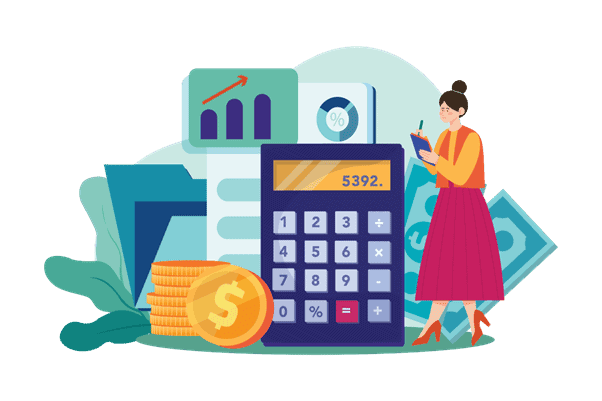
The decisions that are made about how much depreciation to charge off are influenced by the accountant’s judgment.
Accounting Concept of Depreciation FAQs
You can use accounting software to track depreciation using any depreciation method. The software will calculate the annual depreciation expense and post it to the necessary journal entries for you. An accounting solution can help you make more informed decisions to grow your business with confidence.
What Is Depreciation: Definition, Types, and Calculation
But instead of doing it all in one tax year, you write off parts of it over time. When you depreciate assets, you can plan how much money is written off each year, giving you more control over your finances. It reports an equal depreciation expense each year throughout the entire useful life of the asset until the asset is depreciated down to its salvage value.
Streamline your accounting and save time
- Inverse year number is the first year of expected life, starting from the greatest digit, divided by the total years.
- The loss on an asset that arises from depreciation is a direct consequence of the services that the asset gives to its owner.
- Assets depreciate slowly over time, allowing the business to receive a tax deduction for each year.
- The first two are the same as above to remove the trailer from the books.
- Tangible (physical) assets depreciate, while you expense intangible assets using amortization.
You’ll need to understand how depreciation impacts your financial statements. And to post accounting transactions correctly, you’ll need to understand how to record depreciation in journal entries. Depreciation is calculated by the 40 cents cost per unit of production and deducted from the depreciable value of $40,000. customising your xero codes and chart of accounts If the machine produces 20,000 units each year, it will depreciate at a rate of $8,000 per year. When you compute depreciation expense for all five years, the total equals the $27,000 depreciable base. Multiply the $27,000 depreciable base by the first-year ratio to get a $9,000 depreciation expense in the second year.
If a company routinely recognizes gains on sales of assets, especially if those have a material impact on total net income, the financial reports should be investigated more thoroughly. Management that routinely keeps book value consistently lower than market value might also be doing other types of manipulation over time to massage the company’s results. The difference between the debit balance in the asset account Truck and credit balance in Accumulated Depreciation – Truck is known as the truck’s book value or carrying value.
What Is Depreciated Cost?
Depreciation expense is a common operating expense that appears on an income statement. Accumulated depreciation is a contra account, meaning it is attached to another account and is used to offset the main account balance that records the total depreciation expense for a fixed asset over its life. In this case, the asset account stays recorded at the historical value but is offset on the balance sheet by accumulated depreciation. Accumulated depreciation is subtracted from the historical cost of the asset on the balance sheet to show the asset at book value. Book value is the amount of the asset that has not been allocated to expense through depreciation. The declining balance method is a type of accelerated depreciation used to write off depreciation costs earlier in an asset’s life and to minimize tax exposure.
It can play many roles in a business’s financial planning, including properly assessing asset values for accurate (and potentially lower) company taxes. A company estimates an asset’s useful life and salvage value (scrap value) at the end of its life. Depreciation determined by this method must be expensed in each year of the asset’s estimated lifespan. There are several methods for calculating depreciation, generally based on either the passage of time or the level of activity (or use) of the asset. The term “depreciation” can also refer to the decline in value of an asset, which is related to wear and tear.

Assume in the earlier Kenzie example that after five years and $48,000 in accumulated depreciation, the company estimated that it could use the asset for two more years, at which point the salvage value would be $0. The company would be able to take an additional $10,000 in depreciation over the extended two-year period, or $5,000 a year, using the straight-line method. Any mischaracterization of asset usage is not proper GAAP and is not proper accrual accounting.
With this method, fixed assets depreciate more so early in life rather than evenly over their entire estimated useful life. The type of depreciation you use impacts your company’s profits and tax liabilities. Accelerated depreciation methods, such as the double-declining balance method, generate more depreciation expenses in the early years of an asset’s life. As a result, the tax deduction for depreciation is higher, and the net income is lower. Double declining balance depreciation is an accelerated depreciation method. Businesses use accelerated methods when dealing with assets that are more productive in their early years.
